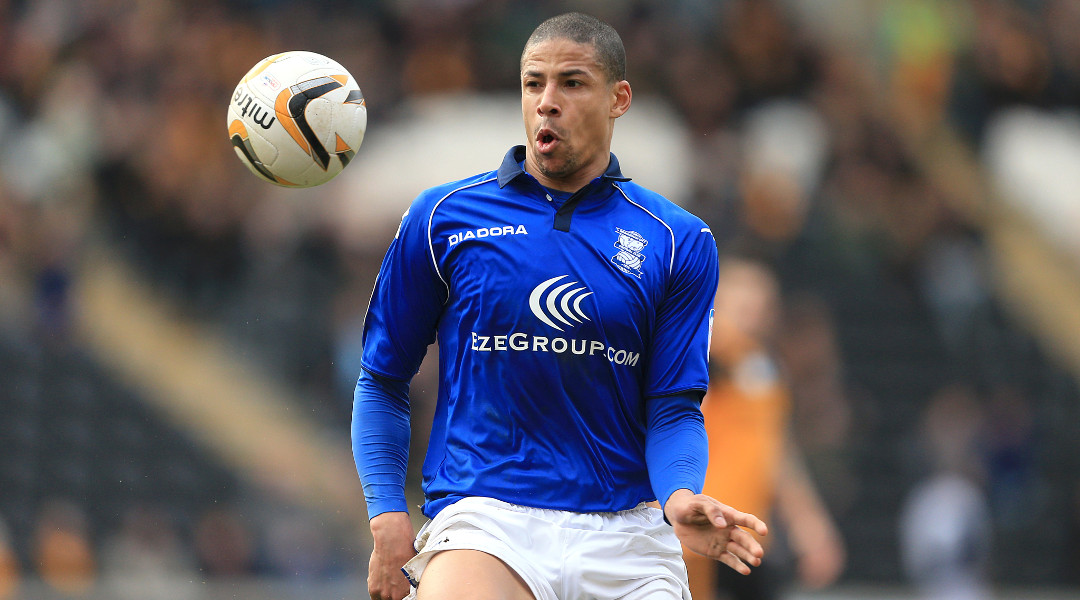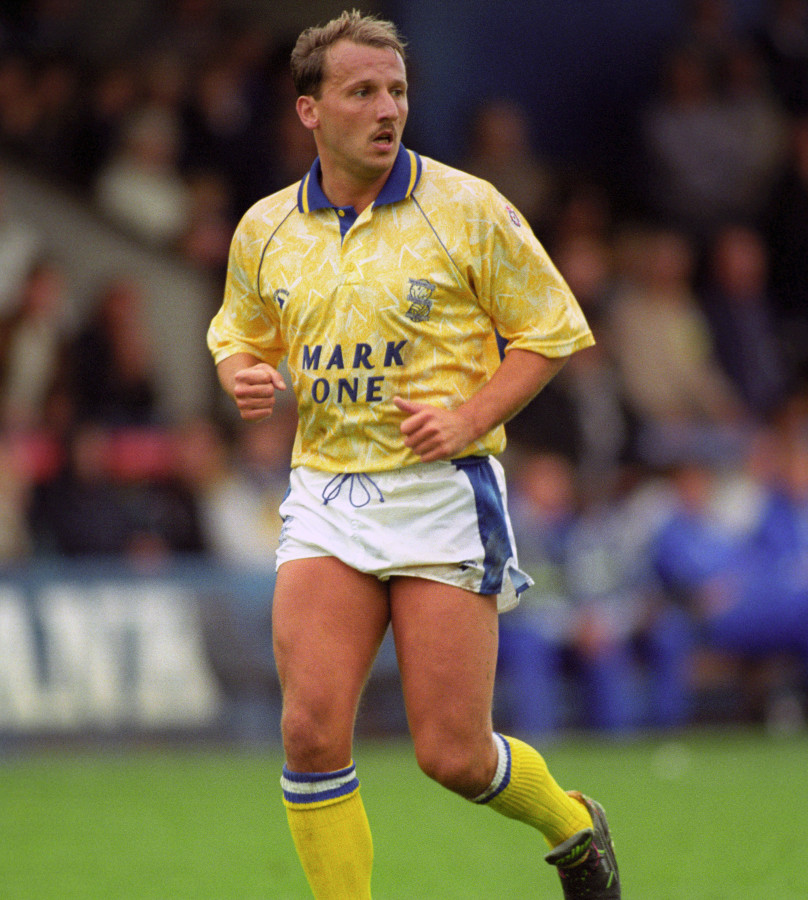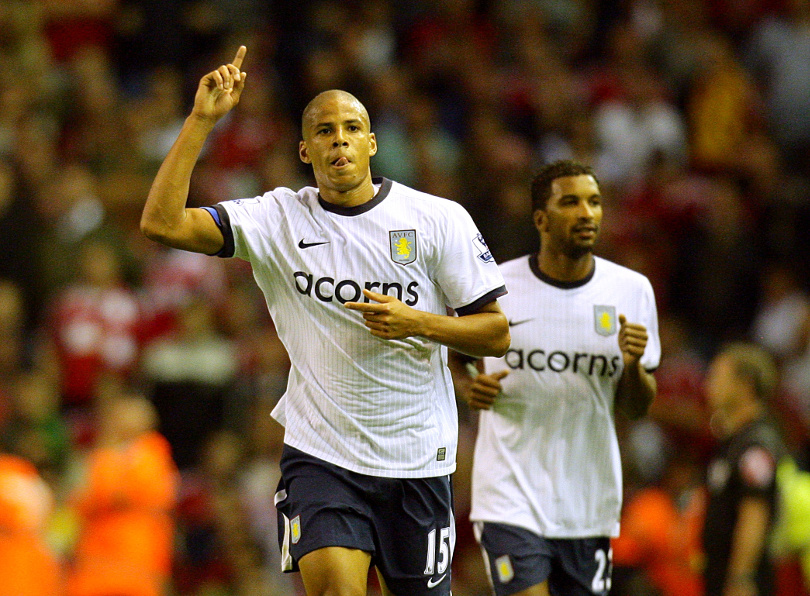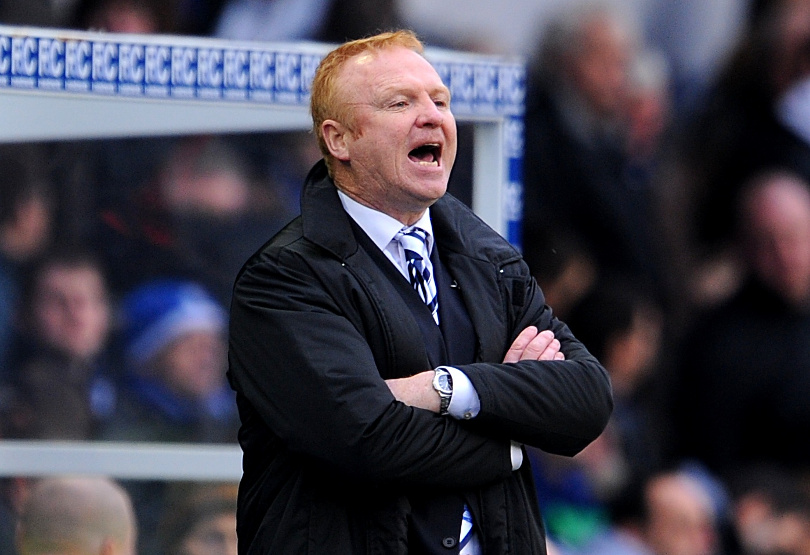Curtis Davies: “It was hard to be accepted by Birmingham City fans after leaving Aston Villa”
The Hull City defender tells Paul Wilkes about playing on either side of the fiery rivalry, a clash that will again be on the football calendar in the Championship next season...

Robert Hopkins is a rare breed amongst footballers. It's not uncommon for players to support a local team in their childhood, only to forge a career for their nearest rivals, but Hopkins uniquely maintained his loyalty to Birmingham City throughout his time at Aston Villa.
The winger always wore something blue at training - which his teammates reluctantly accepted, whilst his own father missed his debut for Villa because he had gone to St Andrews instead.
Hopkins only featured once for the Villains first team, which shouldn't be hugely surprising given his under garments when begrudgingly forced to don the Villa shirt. The self-proclaimed Bluenose insisted on wearing the City badge underneath his Claret and Blue top.

This almost caused a riot, when Villa fans spotted the emblem of their bitterest adversaries as he tussled with an opponent in the final minute of the away game with Notts County.
Villa sold him to Birmingham shortly afterwards, where Hopkins made over 100 appearances and was even inducted into the Hall of Fame at the club formerly known as Small Heath Alliance.
One of a kind
In terms of leaving Villa for Blues it wasn't too hard, but to be accepted by the Blues fans was always going to be the hardest part for me
Transfers between the two clubs had happened numerous times in the past, although only five players have switched allegiances in the last 30 years.
Get FourFourTwo Newsletter
The best features, fun and footballing quizzes, straight to your inbox every week.
The most recent to do so was Hull City central defender Curtis Davies, when he made the move across the city five years ago.
“It was difficult at first, obviously crossing the divide was very difficult because I enjoyed good times at one club and then you're trying to make your way at a new club,” admitted Davies to FFT.
“I wasn't playing at the end of my time at Aston Villa and I was looking for a move anywhere. In terms of leaving Villa for Blues it wasn't too hard, but to be accepted by the Blues fans was always going to be the hardest part for me.”

The Second City Derby stands out as a particularly different contest to the rest of the near-rival encounters in the country due to the recent lack of success of the sides competing.
When you consider that central Birmingham has a population twice the size of Manchester and almost three times as big as Liverpool, it certainly puts the city’s modern day footballing struggles into perspective.
The glory days
It hasn’t always been this way though, as Villa and Blues met regularly in the late 70s to early 80s in the old First Division. When Villa won their last league title in 1981, City finished a respectable 13th in the same division.
In 2010, Martin O’Neill’s Villa qualified for the Europa League, whilst City under Alex McLeish recorded their best position in 51 years as they came ninth. Neither club could have envisaged that just six years later they would be facing each other in England’s second tier.
The derby matches are often remembered for the individual mistakes of the Villa goalkeepers in particular, with Peter Enckelman allowing Olof Mellberg’s throw-in to sneak under his foot and into the goal the most notable.
The ferociousness and passion between the two sets of supporters certainly became stronger when the so-called bragging rights took what seemed like an eternity to earn.
In the last 28 years, the two clubs have played each other just 18 times, which can be partly attributed to the meetings taking on a completely new complexion.
Flash points
Naturally the poisonous surroundings occasionally spilled onto the pitch, as Dion Dublin illustrated with his head-butt on Robbie Savage.
Steve McMahon’s knee-high challenge on Blues skipper Kevan Broadhurst saw Noel Blake also retaliate with the use of his forehead as a weapon on the Scouser, when he attempted to shake his hand at the final whistle in front of the Witton End in the match dubbed ‘The Horror Show’ in 1983.
The hooligan factions of the support are never far away when the two sides meet, with the ‘Battle of Rocky Lane’ now something of a folklore, when Villa Hardcore and Birmingham Zulus fought before the first league derby for 15 years in 2002.
“These people work together and live next door to each other, so the vast majority are normal football fans that have the banter,” said Davies
“At the end of the game they will go home, but there’s obviously the few that feel this is the one game to face off against their hooligan rivals.”
In 2010, the scene was described as a ‘war zone’ and the ‘worst for 25 years’ when flares were thrown and seats ripped up.

Tension rising
Davies was an unused substitute in 2007, when on-loan at Villa from West Bromwich Albion, the 31-year-old can still remember the atmosphere.
“I had played in West Brom vs Wolves derbies, but the intensity of the crowd (was different). Every single decision the crowd were up on their feet and so were the managers,” explains Davies.
“You could just feel the pressure, even though Villa were a top-six side at the time and Blues were trying to escape relegation.”
Twenty police officers were injured after that game as the fans clashed once more. “It’s not something we want to see in football, it’s best that the entertainment stays on the pitch. In the stands you can’t affect the game, so what’s the point of throwing chairs and injuring police,” says Davies.
That match saw the then local hero Gabriel Agbonlahor score a late winner, with Davies understanding the importance to those that have grown up within the area. “Gabby is a big Villa fan, so it was a big goal for him.”
The emersion of tension isn’t felt exclusively by those that have lived around the Midlands for a number of years, with even foreign players taken aback by the sheer velocity of the occasion.
“I've never experienced it before, it was amazing,” said Arsenal’s on-loan Spanish midfielder Jon Toral to FFT, after he played for Birmingham City in the most recent encounter last September.
“You could tell it was a proper, proper derby. Every derby has its own edge, every derby is special in its own way and the Birmingham derby was special.”

